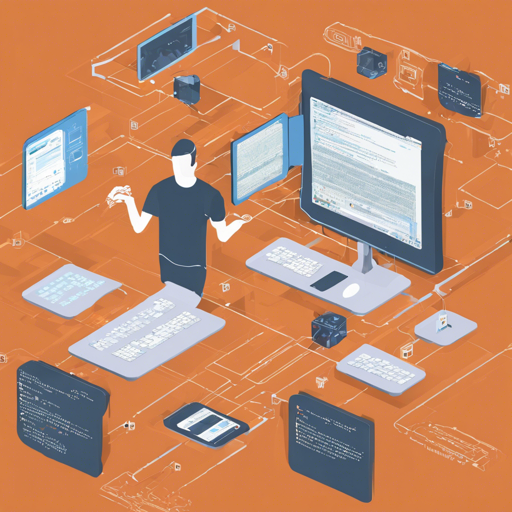In the rapidly evolving world of AI and machine learning, implementing effective object detection models can be a challenge. This guide will walk you through how to utilize a modified TensorFlow implementation of CenterNet and TTFNet for object detection. We’re here to make the complex simple and user-friendly, so let’s get to it!
What is CenterNet and TTFNet?
CenterNet is a novel approach to object detection that treats object instances as points in a heatmap. This means that instead of predicting bounding boxes directly, it predicts the center point of the object. TTFNet, on the other hand, is designed for real-time object detection, focusing on being training-time friendly.
Required Setup
Before you start, ensure you have TensorFlow 2.4+ installed, as well as a compatible version of Keras. Below is a step-by-step setup guide:
- Clone this repository.
- Install TensorFlow 2.4+.
- Clone and install tf-image.
- Install tf-addons. For deformable convolution support, use specific branch versions according to your TensorFlow version.
- Run
pip install . --userfrom the repository. - Optionally, compile Cython code by running
python setup.py build_ext --inplace. - Install additional dependencies as defined in requirements.txt.
Training Your Model
You can train your model on different datasets such as PASCAL VOC or MSCOCO. To kick off the training process, follow these commands depending on the dataset:
- For PASCAL VOC:
CUDA_VISIBLE_DEVICES=0 nohup python train.py --model_type centernet --model_mode simple --log_dir results_voc - For MSCOCO:
CUDA_VISIBLE_DEVICES=0 nohup python train.py --dataset coco --model_type centernet --model_mode simple --log_dir results_coco
Fine-Tuning on Your Dataset
If you want to fine-tune your model with your own dataset, make sure to follow the instructions specifying --dataset custom along with your dataset path:
CUDA_VISIBLE_DEVICES=0 python train.py --dataset custom --dataset_path_tr train.json --dataset_path_te test.json --batch_size 20 --pretrained_weights ~centernet_resultsdcnmodel.h5 --model_type centernet --model_mode dcnshortcut --image_size 512Testing and Evaluating Your Model
To evaluate your model’s performance, you may use the following commands based on your dataset:
- For PASCAL VOC:
CUDA_VISIBLE_DEVICES=0 python eval.py --model_type centernet --model_mode concat --load_model ..trainresults_voccheckpointsmodel_95 --threshold 0.01 --iou_threshold 0.49 --dataset voc - For MSCOCO, download the annotation files and use:
CUDA_VISIBLE_DEVICES=3 python ..scriptseval.py --load_weights vocsavecheckpointsmodel_10 --image_size 512 --threshold 0.3 --model_mode dcnshortcut --model_type centernet --dataset custom --dataset_path test.json
Troubleshooting Common Issues
While setting up and running your object detection models, you might run into some hurdles. Here are a few ideas to help you navigate potential issues:
- If you encounter module import errors, ensure that all required libraries and dependencies are correctly installed.
- Facing slow training times? Consider reducing your batch size or increasing your GPU resources.
- If your model is overfitting or performing poorly, revisiting data augmentation methods could yield better results.
For more insights, updates, or to collaborate on AI development projects, stay connected with fxis.ai.
Conclusion
With this guide in hand, you’re equipped to harness the capabilities of CenterNet and TTFNet for effective object detection. As you refine your models and conduct further training, consider the advancements made in backend features such as multi-GPU training and customizable augmentations.
At fxis.ai, we believe that such advancements are crucial for the future of AI, as they enable more comprehensive and effective solutions. Our team is continually exploring new methodologies to push the envelope in artificial intelligence, ensuring that our clients benefit from the latest technological innovations.

